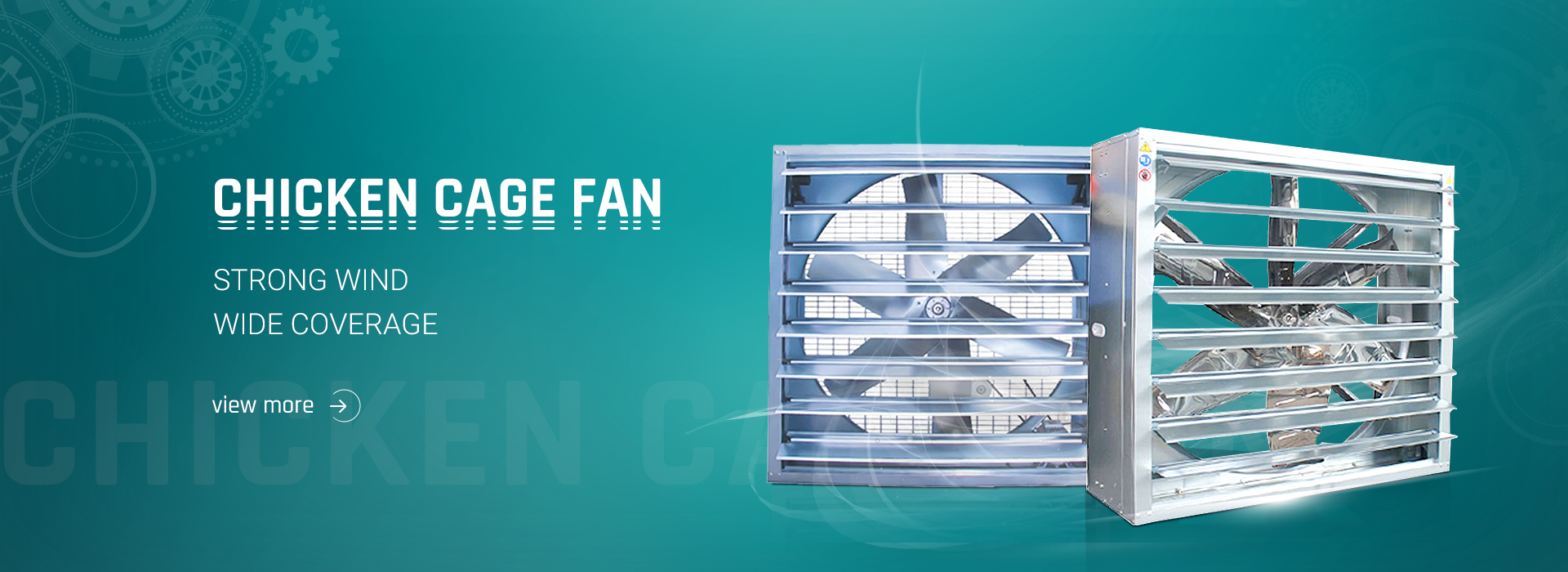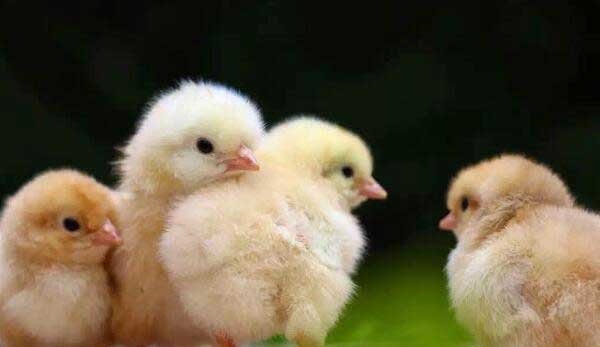Factors Affecting Incubation
During the development of chicken embryos, gas exchange must be carried out, especially after the 19th day of hatching (12 hours earlier in summer), the embryos begin to breathe through the lungs, the oxygen demand gradually increases, and the carbon dioxide output also gradually increases. At this time, if the ventilation is poor, it will cause severe hypoxia in the incubator. Even if the respiration of the hatched chicks is increased by 2–3 times, the demand for chlorine cannot be satisfied. As a result, the intermediate passage of cell metabolism is inhibited and the acidity Substances accumulate in the body, and the partial pressure of carbon dioxide in the tissue increases, resulting in metabolic respiratory acidosis, which leads to a decrease in cardiac output, myocardial hypoxia, necrotic heart disorder and beating arrest.
It is determined that the oxygen consumption of each embryonated egg throughout the incubation period is 4-4.5L and carbon dioxide is discharged to 3-3.5L. Experiments have shown that if the oxygen content in the incubator drops by 1%, the hatching rate will drop by 5%. The normal amount of oxygen in the air can be maintained at 20%-21%. Therefore, the key to ventilation is to try to reduce the concentration of carbon dioxide around the embryonic eggs, and the effect of ventilation is related to the structure of the hatching equipment, the architectural design of the hatching hall (room), and the internal and external environment of the hatching machine. Comparing the factors that affect the hatching rate, temperature is the first, followed by ventilation. Why are many books sorted by temperature, humidity, ventilation… instead of temperature, ventilation, and humidity? The reason is very simple. The method of artificial incubation is imitated by the mother bird holding the egg. Mother birds choose to hold their eggs in dry places, and birds are mostly on trees, and the number of hatching is small, so ventilation does not need to be considered too much; artificial hatching is different, and the capacity of modern incubators is tens of thousands of eggs. In this way, ventilation is very important. Moreover, many experiments in the past few years have proved that anhydrous incubation does not affect or does not affect hatchability very much.
Most of the old-fashioned incubators have disadvantages such as a small number of fans, low speed and unreasonable distribution. Not only is the ventilation incomplete, there are dead corners, but also the heat from the heat source cannot be sent to all places as quickly and evenly as possible, resulting in a large temperature difference in the incubator. For this purpose, the incubator should be remodeled or replaced with a new one.
Post time: Jul-07-2022




